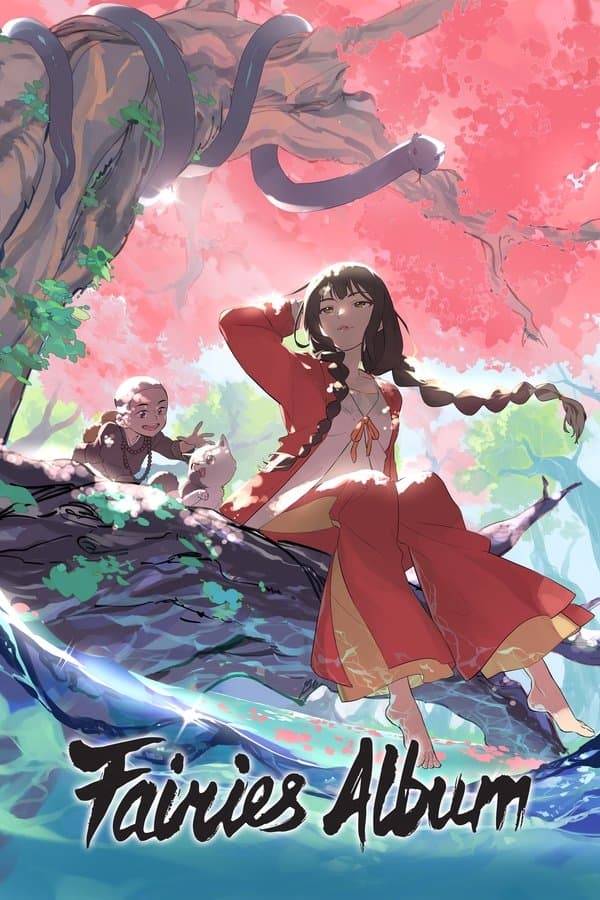
Fairies Albums
2020 • Animation, Sci-Fi & Fantasy
To casual observers, Tao Yao appears to be nothing more than an ordinary young girl. In fact, she is anything but. Tao Yao is actually a spirit healer. And her goal is not to treat people, but animals, monsters, and spirits who have found themselves in precarious situations. But she is not alone in her quest. She has also been joined by a diminutive monk named Mo Ya and Liu Gon Zi, a snake demon who has taken control of a man’s body. Will this motley crew help rescue the spirits and monsters who need Tao Yao’s help?
Why you should read the novel
Before losing yourself in the enchanting visuals of Fairies Albums, consider experiencing the original magic in Shi Qi’s ‘Manual of Hundred Demons.’ The book offers a deeper exploration of the ethereal world of demons and spirits, imbued with poetic prose and wonderfully layered folklore. Reading the novel allows you to appreciate the complex characterizations and subtle emotional threads, many of which only hint through screen adaptations.
Unlike the TV series, the book invites readers to visualize their own fantastical landscapes, encouraging active imagination and personal connection with the stories. Each demon’s tale in the novel is uniquely immersive, giving readers a chance to reflect on moral ambiguities and the poignant beauty hidden in sorrow and joy. Discovering these worlds through text enables a more introspective, individualized experience.
Fans of supernatural adventures and Chinese mythology will find Shi Qi’s writing both atmospheric and profoundly human. The source novel digs deeper into cultural references and the metaphysical battles of the soul, elevating familiar tropes with intellectual and emotional depth. If you loved the show, the book reveals even more layers of the stories you thought you knew.
Adaptation differences
One of the main differences between Fairies Albums (2020) and its source novel, ‘Manual of Hundred Demons’ by Shi Qi, lies in narrative structure. The TV series takes considerable creative liberty, reorganizing stories for episodic television, sometimes combining or omitting episodes for pacing and dramatic effect. The novel, however, presents its tales as a linked anthology, giving each demon’s story space to breathe and subtly interact.
Character development also sees significant changes. The protagonist in the TV series is imbued with more dynamic action and pronounced emotions to suit contemporary viewing preferences, while Shi Qi’s original portrayal is more subdued, introspective, and enigmatic. The relationships between characters are sometimes dramatized in the series, highlighting romance or rivalry that is merely hinted at or absent in the novel.
Visual elements are another major point of divergence. The TV adaptation relies heavily on special effects, costume design, and lush cinematography to create its magical world—a feast for the eyes but different from the slow-building, suggestive imagery of the book. The novel encourages readers to conjure their own visions, often leading to a more personal and resonant version of the fantasy realm.
Lastly, thematic focus shifts between the two mediums. The TV series frequently simplifies philosophical undertones to appeal to a wider audience, sometimes resolving moral dilemmas with clear-cut answers. In contrast, the source material often leaves its questions lingering, asking readers to grapple with the layered complexities of right and wrong, human and inhuman, leaving a more lasting impact.
Fairies Albums inspired from
Manual of Hundred Demons
by Shi Qi